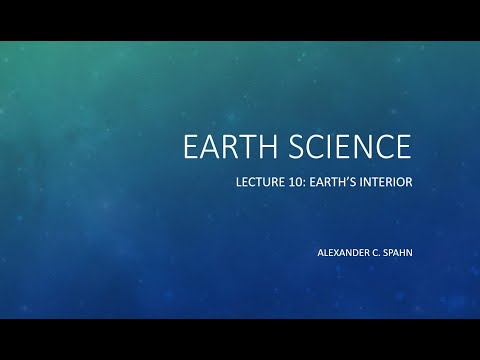Description:
Explore Earth's interior structure and seismic activity in this 25-minute lecture. Delve into earthquake locations, prediction methods, and warning systems. Examine how scientists probe Earth's layers using seismic waves, particularly P waves. Learn about the crust, mantle, and core, as well as the formation of Earth's layered structure. Understand the role of temperature and pressure in shaping our planet's interior. Discover key concepts such as earthquake energy radiation, seismic wave types, seismogram interpretation, and the Richter scale for measuring earthquake magnitude.

Earth Science - Earth's Interior
Add to list